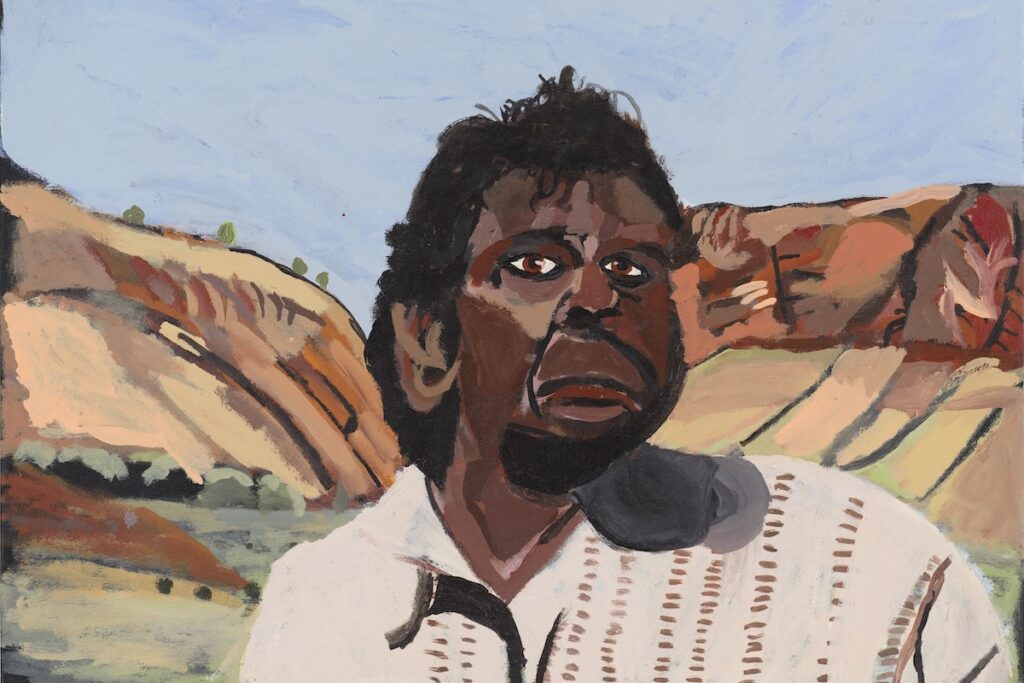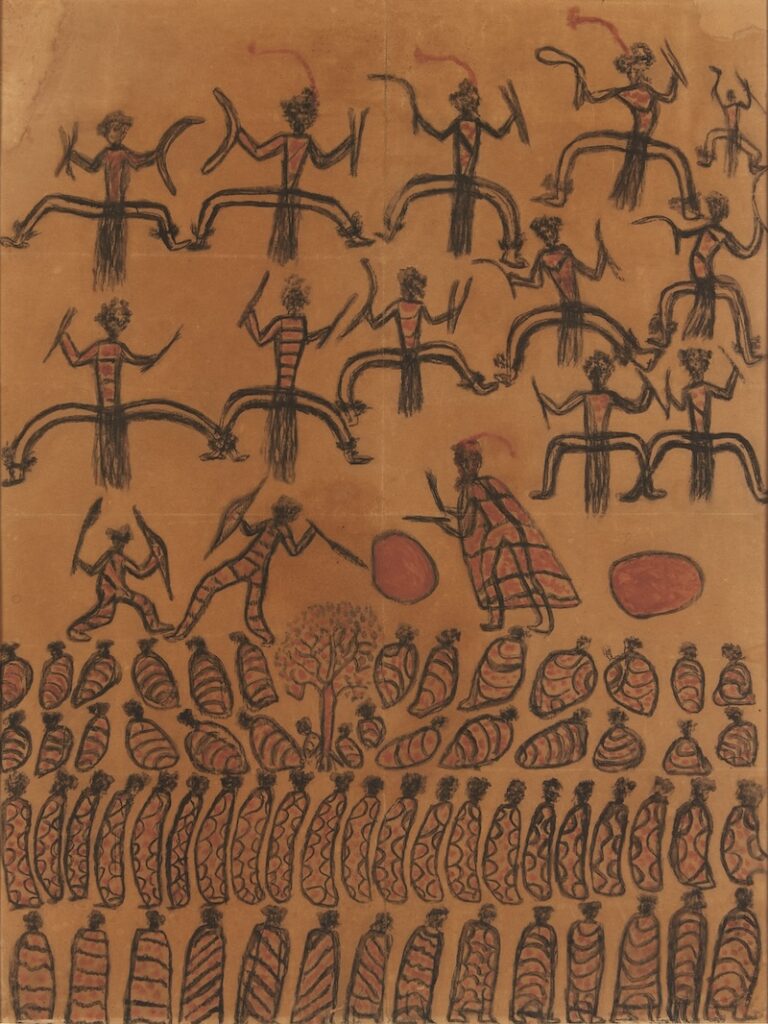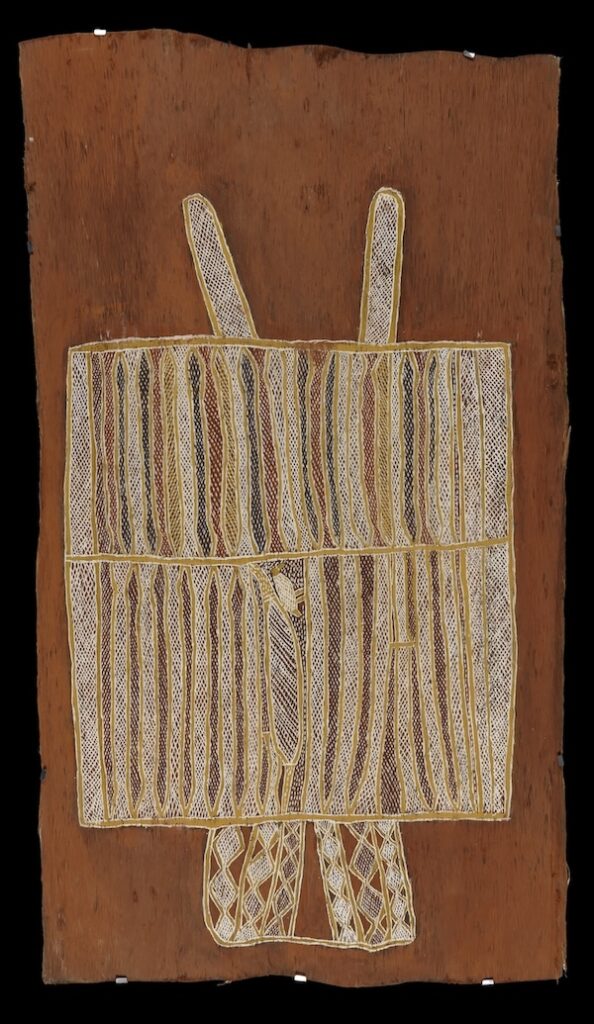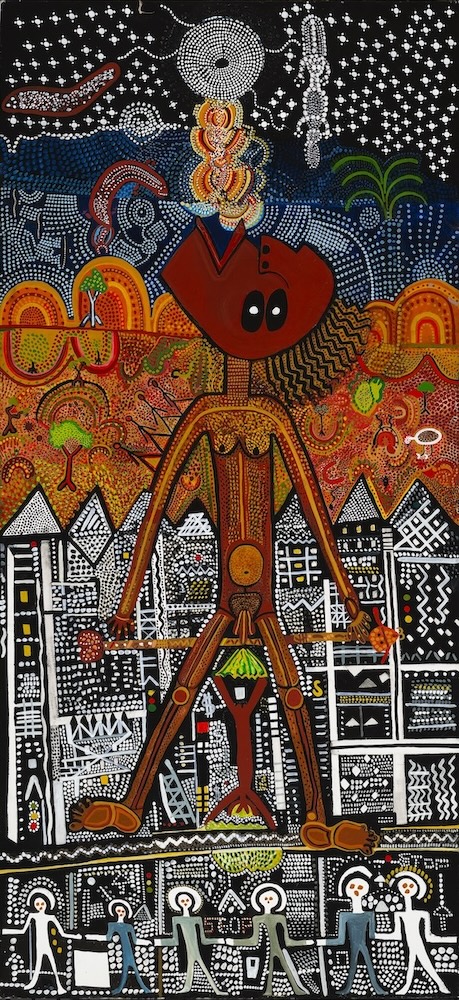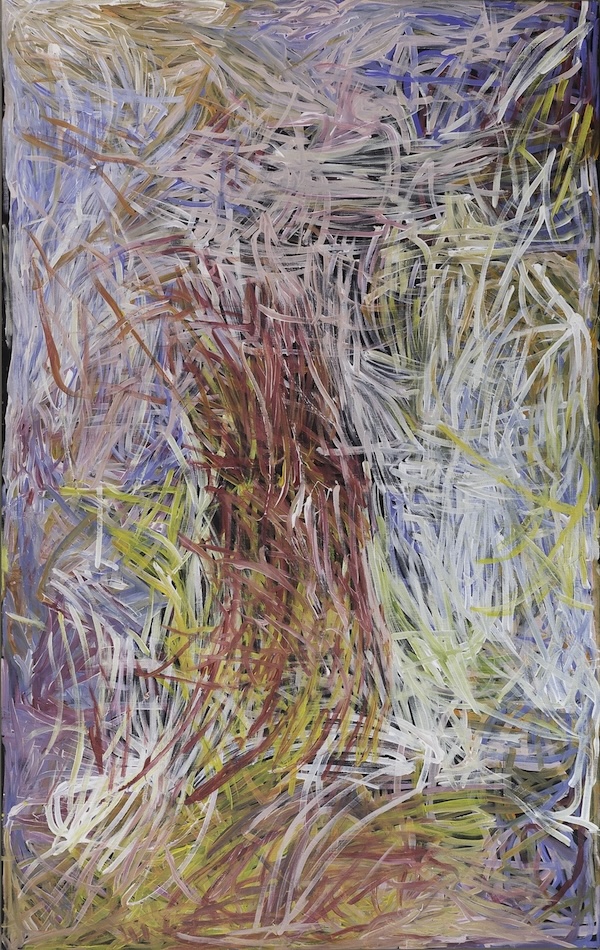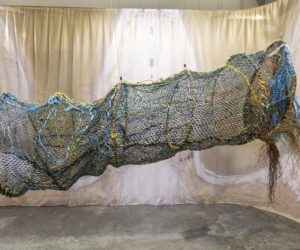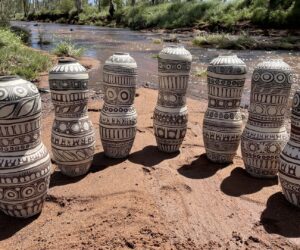65,000 Years: A Short History of Australian Art—Coming to The Potter Museum of Art in May
The Potter Museum of Art, the flagship art museum of the University of Melbourne, has announced the full list of artists and details of the six new commissions for its re-opening exhibition, 65,000 Years: A Short History of Australian Art. The exhibition will open at the revitalised Museum during Reconciliation Week on 30 May 2025 and run until 23 November 2025.
65,000 Years: A Short History of Australian Art celebrates the brilliance and beauty of Aboriginal and Torres Strait Islander art while confronting the dark heart of Australia’s colonial history. Curated by Associate Provost and Distinguished Professor Marcia Langton AO, Senior Curator Judith Ryan AM, and Associate Curator Shanysa McConville—in consultation with Aboriginal and Torres Strait Islander artists and custodians of art traditions—the exhibition explores the recognition of Indigenous art and its rise to prominence globally. The enduring significance of Indigenous cultural and design traditions, knowledge, and agency is revealed in the spectacular curation of more than 450 works from the first peoples of Australia.
65,000 Years: A Short History of Australian Art includes rarely seen works of art and cultural objects from the University of Melbourne’s collections alongside 193 important loans from 77 public and private lenders. The exhibition includes work by groundbreaking artists such as William Barak, Lin Onus, Yvonne Koolmatrie, Albert Namatjira, Johnny Warangkula Tjupurrula, Emily Kam Kngwarray, Trevor Nickolls, Destiny Deacon, Yhonnie Scarce, Rover Thomas, Noŋgirrŋa Marawili, Woŋgu Munuŋgurr, Minimini Numalkiyiya Mamarika, Ricky Maynard and Julie Gough.
“The ironic title of this exhibition refers to the belated and reluctant acceptance of Aboriginal and Torres Strait Islander art into the fine art canon by Australian curators, collectors, art critics and historians in the last quarter of the 20th century,” says Professor Marcia Langton.
“65,000 Years: A Short History of Australian Art celebrates Indigenous art as it is increasingly recognised in galleries and collections around the world – as the greatest single revolution in Australian art.”
Six new commissions by leading contemporary Indigenous artists will be unveiled. They are:
Kooma new media artist Brett Leavy’s Virtual Narrm 1834, 2025, will transport audiences into the lands and waterways of the Wurundjeri people as they were in 1834, to foster a deeper appreciation for the environmental stewardship and cultural resilience that are hallmarks of Wurundjeri Woi-Wurrung society. The latest in his Virtual Songlines project, this photo-realistic animation is created in collaboration with Wurundjeri elders.
Trawlwoolway artist Julie Gough exposes the prolific Western reproduction and institutional collecting of plaster busts of Nununi leaders Wurati and Trukanini, first modelled by artist Benjamin Law in Nipaluna (Hobart) in 1834–1835. Gough will display the casts in their Medical History Museum storage crates, accompanied by a new video response to the unknowable numbers of these representations of ancestors from Lutruwita distributed across the globe, which by extension refers to all ancestors and their cultural markings taken and dispersed globally by colonists.
Respected Aṉangu ngangkari (traditional healers) based at Indulkana, South Australia in the APY Lands, Betty Muffler and Maringka Burton collaborated to create Ngangkari Ngura (Healing Country), 2022. The 5-metre-long painting celebrates the ngura (country) specific to each artist, referencing the artists’ healing powers and how they care for Aṉangu and the sentient land. It focuses on healing the country and Aṉangu in the aftermath of British atomic testing at Maralinga and Emu Field during the 1950s.
Lorraine Connelly-Northey, well known for her dramatic sculptural works that make use of discarded post-industrial materials, has created three freestanding monumental narrbong (bush bags). Connelly-Northey’s works resonate with cultural and political meaning, and reflect her experience growing up in Swan Hill, Wadi Wadi and Wamba Wamba terrain, south of her mother’s Waradgerie country, disconnected from mainsprings of culture, language and ceremony through colonisation.
Dhauwurd Wurrung Gunditjmara artist Sandra Aitken’s large Gnarraban (eel trap) embodies a fish trapping system used by her kin for thousands of years. Aitken learned to weave from the renowned weaver, her aunt, Connie Hart, who revived the important women’s practice of basket weaving that was almost lost due to European colonisation of Victoria from the early 1800s.
The work of Senior Trawlwoolway artist Vicki West from north-east coast Lutruwita is represented by bull kelp water carriers and woven river reed and white iris baskets, honouring forms and processes of her ancestors as well as speaking to the survival of traditions. West was introduced to customary processes of weaving and of working with kalikina (bull kelp) at a cultural workshop in the early 1990s and has since become the premier Australian practitioner of kelp, a precious cultural resource.
“As this exhibition, 65,000 Years: A Short History of Australian Art will show, since the nineteenth century the University has amassed an extraordinary collection of Aboriginal and Torres Strait Islander art,” says Professor Emma Johnston AO, Vice-Chancellor at the University of Melbourne.
“While many of the artworks shine with the cultural richness of the first peoples, there are also works that engage us in truth-telling and profoundly challenge the legacy of the University’s collections and academic practices.
“Alongside Vol 1 of Dhoombak Goobgoowana: A History of Indigenous Australia, this exhibition is an important exercise in truth-telling for the University, including histories of scientific racism, and the collecting of ancestral”
More information: potter-museum.unimelb.edu.au
